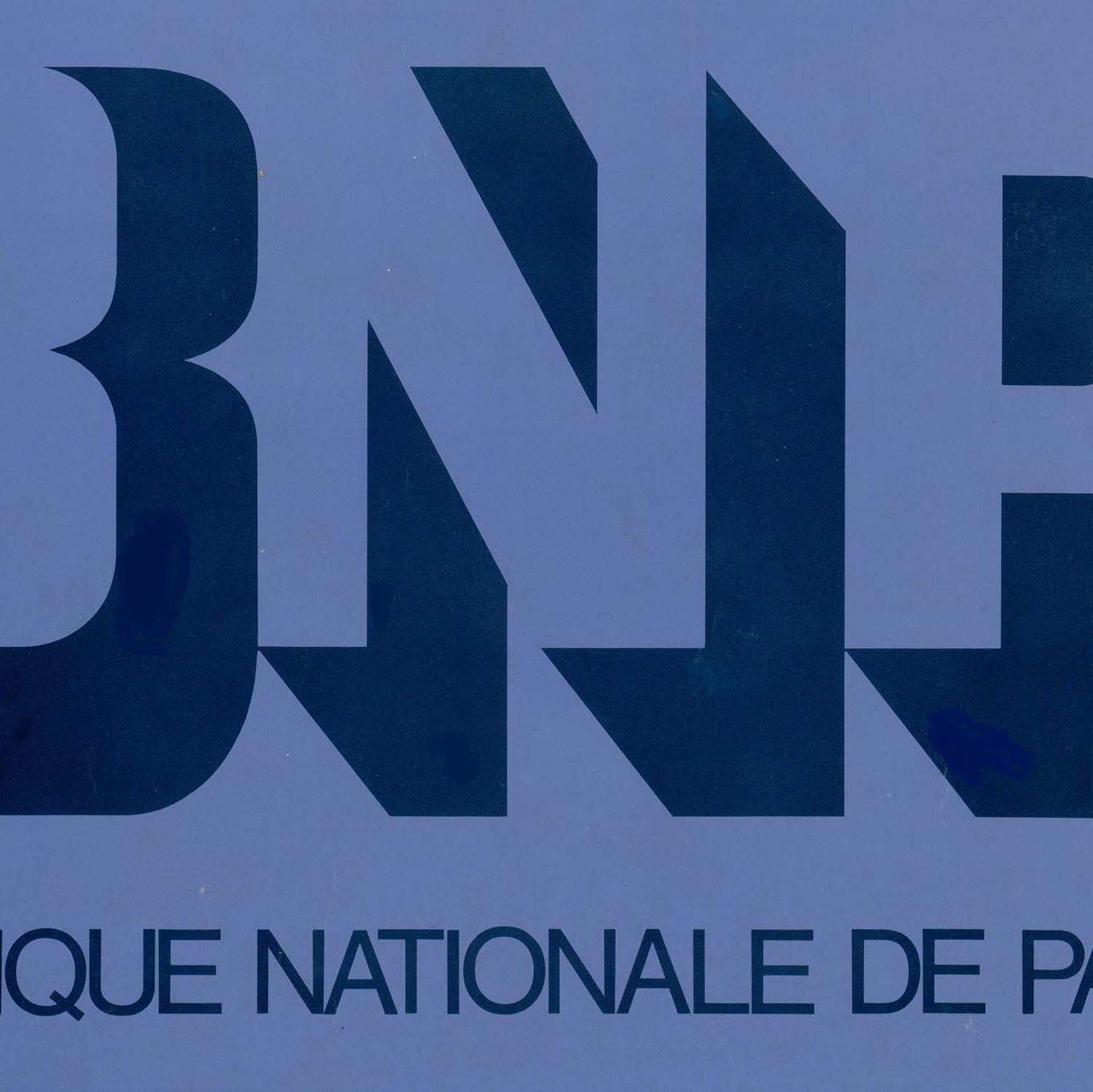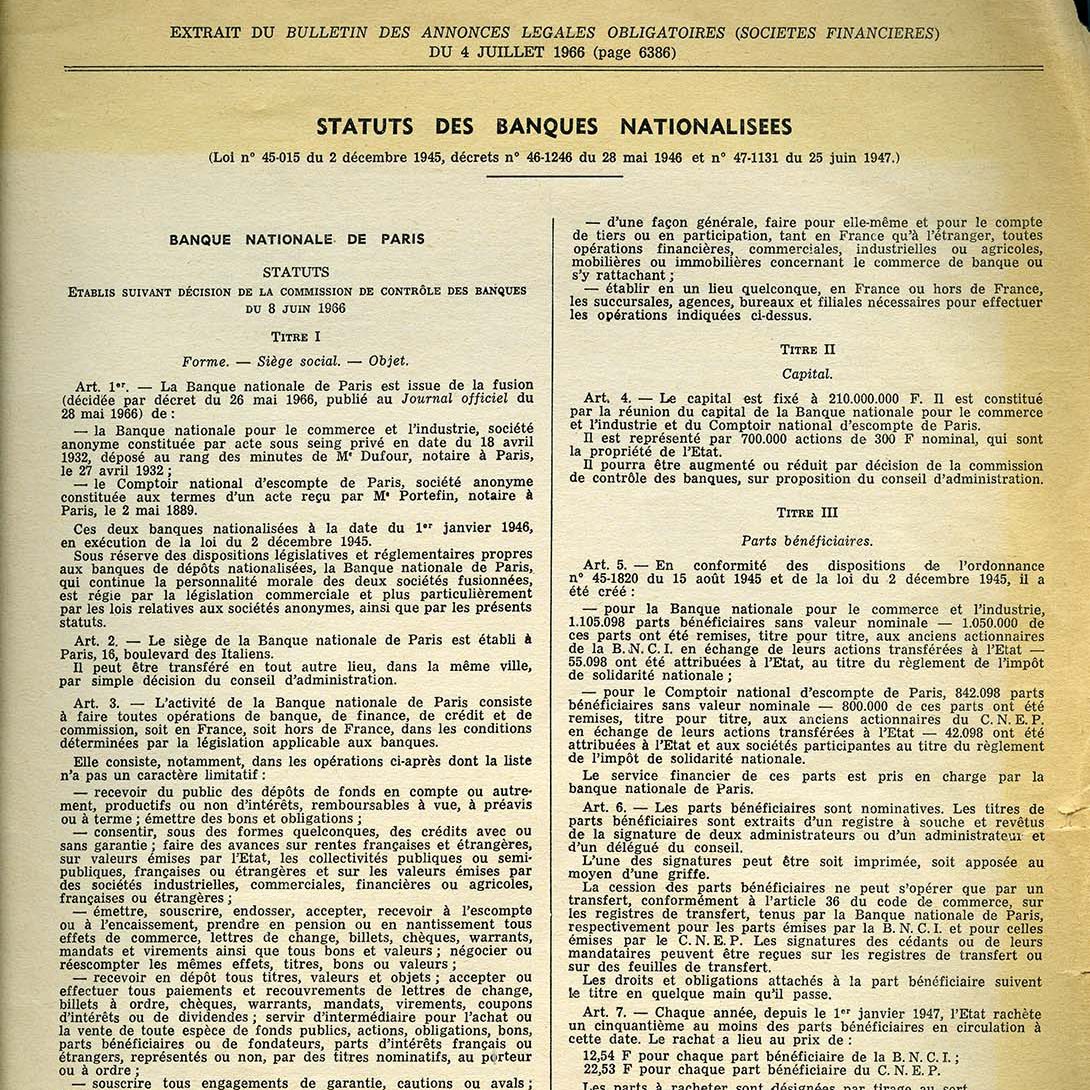When two brilliant European institutions create Banque de Paris et des Pays-Bas
Copy of the statement of subscription of share capital in Banque de Paris et des Pays-Bas filed at the notary on 11 January 1872 in Paris.
Banque de Paris et des Pays-Bas was created in 1872 from the combination of Banque de Paris and Banque de Crédit et de Dépôt des Pays-Bas, two institutions that were prosperous at a time where the free trade policy of the Second Empire created major needs for credit. Before this official business combination, the 2 banks had collaborated on several operations like the issue of the Société Italienne des Chemins de Fer Méridionaux and the issue of the East Tennessee Railway Company. Consequently, it was natural that Edmond Joubert, co-founder of Banque de Paris, started discussions with Henri Bamberger, director of the Paris branch of Banque de Crédit et de Dépôts des Pays-Bas about a possible merger. The project came to fruition and the constituent assemblies of Banque de Paris et des Pays-Bas were held on 18 and 27 January 1872. The first directors – Henri Bamberger, Edmond Joubert, Edouard Hentsch, Edouard Fould, Eugène Goüin, Antoine Schnapper and Jacques Stern – had substantial capital that would be invested in the operations carried out by the new institution.









